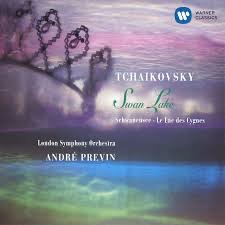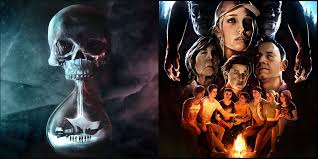Swan Lake is one of the most famous classical ballets, composed by Pyotr Ilyich Tchaikovsky in 1875–76. The ballet has undergone various revisions, but the most common version is based on the 1895 revival by Marius Petipa and Lev Ivanov, with music adapted by Riccardo Drigo. Here’s a detailed, act-by-act breakdown of the story:
⸻
ACT I – The Royal Court
The story begins at the palace of Prince Siegfried, who is celebrating his 21st birthday with his friends and tutor. The festivities are joyful, with dancing and music. His mother, the Queen, arrives and reminds him that the following day, he must choose a bride from the princesses she has invited to a ball. Siegfried is reluctant—he wants to marry for love, not duty.
As night falls, Siegfried and his friends head into the forest to hunt, especially after Siegfried spots a flock of swans flying overhead. He arms himself with a crossbow and sets off after them.
⸻
ACT II – The Lakeside
Siegfried arrives at a mystical lake in the forest. As he prepares to shoot one of the swans, it magically transforms into a beautiful young woman—Odette. She is the Swan Queen, and she explains her tragic tale.
Odette and a group of maidens have been cursed by an evil sorcerer named Rothbart. By day, they are swans; by night, they return to human form. The curse can only be broken by someone who swears true love to Odette and promises to remain faithful forever.
Siegfried is immediately captivated by Odette. He swears his eternal love to her and vows to break the spell. However, Rothbart appears, and though Siegfried threatens him, Rothbart escapes, leaving Siegfried and Odette determined to defeat him.
⸻
ACT III – The Ball
Back at the palace, a grand ball is being held so Siegfried can choose a bride. Several princesses from different lands perform dances, but Siegfried is uninterested—his heart belongs to Odette.
Suddenly, Rothbart enters in disguise, bringing his daughter Odile, who has been magically transformed to look exactly like Odette (often called the Black Swan). Rothbart’s plan is to trick Siegfried into swearing love to the wrong woman, thereby dooming Odette.
Odile dazzles Siegfried with her seductive and confident dancing (the famous Black Swan pas de deux), and Siegfried, believing she is Odette, declares his love and vows to marry her. Rothbart reveals his deception, and Siegfried is devastated—his betrayal has doomed the real Odette.
⸻
ACT IV – The Tragic End
Back at the lake, Odette is heartbroken. The swan maidens try to comfort her. Siegfried rushes in, begs forgiveness, and explains he was deceived. Odette forgives him, but Rothbart appears again to enforce the curse.
In the climax, Siegfried and Odette choose to die together rather than live under the curse. Their love triumphs over Rothbart’s evil. Depending on the version, they either drown themselves in the lake or are swept away by a storm, but their spirits are united in death.
Rothbart is defeated, the curse is lifted, and the swan maidens are freed. In the final scene, Siegfried and Odette’s souls ascend together into the heavens, eternally united.
⸻
Themes & Symbolism
• Duality: Odette (White Swan) represents innocence, purity, and vulnerability; Odile (Black Swan) symbolizes deception and seduction.
• Fate vs. Free Will: The ballet explores whether love can conquer destiny or if some things are inevitable.
• Sacrifice & Redemption: True love comes at a cost; the lovers’ sacrifice is what ultimately defeats evil.







